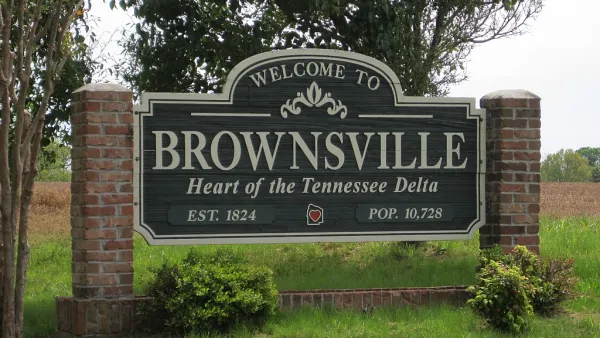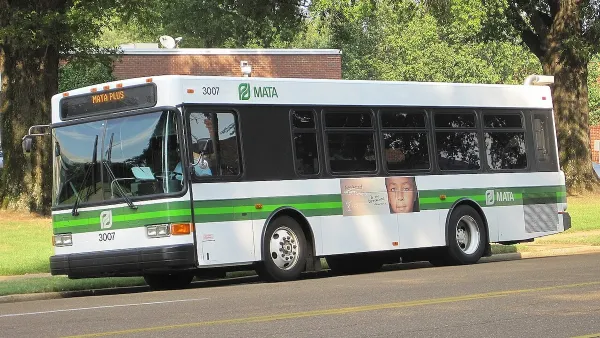A new report by the McKinsey Global Institute finds that the global consuming class will grow by 1 billion people by 2025, and undergo a profound geographic shift. Cities and businesses should prepare for this shift with targeted investments.
What do Shanghai, Lagos, Sao Paulo, and Istanbul have in common? According to a new report [PDF] from the McKinsey Global Institute (MGI), these cities and 436 others, dubbed the Emerging 440, will be responsible for contributing to nearly half of the growth in global GDP by 2025. This percentage roughly translates to $23 trillion.
MGI's recent report, Urban world: Cities and the rise of the consuming class, shows that "one billion people will enter the global consuming class by 2025," meaning that businesses should be aware of where new economic markets will form. According to the report, the world will see a profound shift in its center of economic gravity from the United States and Europe toward Asia and Africa.
MGI believes that analyzing the potential for a market at a regional or country level is not focused enough. Instead, companies should take a close look at individual cities because the markets are different even within regions. For example, both Sao Paulo and Rio de Janeiro are in the top 3 cities for growth in laundry care products by 2025. However, Sao Paulo is ranked 15th for potential growth in municipal water demand and is the only Brazilian city in that top 20 list.
The "tectonic shift" in consumption will demand a corresponding investment in buildings and infrastructure to cater to "the burgeoning urban consumer classes." The Urban world report states that, "cities will need annual physical capital investment to more than double from nearly $10 trillion today to more than $20 trillion by 2015." MGI suggests that this money go to bolstering the cities' infrastructure with more buildings, larger port capacity, and more available municipal water. These changes will hopefully allow the cities to grow with, and take advantage of, the emerging markets.
FULL STORY: Urban world: Cities and the rise of the consuming class

Analysis: Cybertruck Fatality Rate Far Exceeds That of Ford Pinto
The Tesla Cybertruck was recalled seven times last year.

National Parks Layoffs Will Cause Communities to Lose Billions
Thousands of essential park workers were laid off this week, just before the busy spring break season.

Retro-silient?: America’s First “Eco-burb,” The Woodlands Turns 50
A master-planned community north of Houston offers lessons on green infrastructure and resilient design, but falls short of its founder’s lofty affordability and walkability goals.

Test News Post 1
This is a summary

Analysis: Cybertruck Fatality Rate Far Exceeds That of Ford Pinto
The Tesla Cybertruck was recalled seven times last year.

Test News Headline 46
Test for the image on the front page.
Urban Design for Planners 1: Software Tools
This six-course series explores essential urban design concepts using open source software and equips planners with the tools they need to participate fully in the urban design process.
Planning for Universal Design
Learn the tools for implementing Universal Design in planning regulations.
EMC Planning Group, Inc.
Planetizen
Planetizen
Mpact (formerly Rail~Volution)
Great Falls Development Authority, Inc.
HUDs Office of Policy Development and Research
NYU Wagner Graduate School of Public Service




























